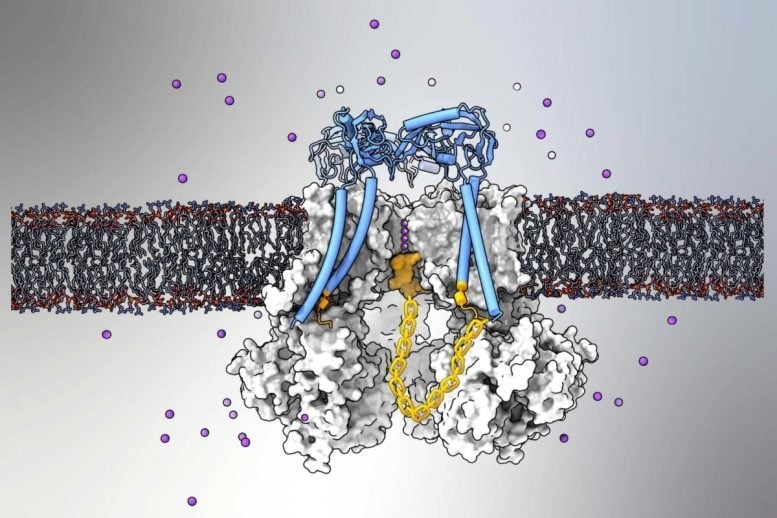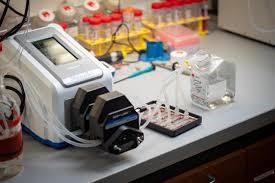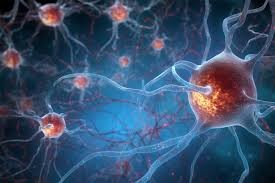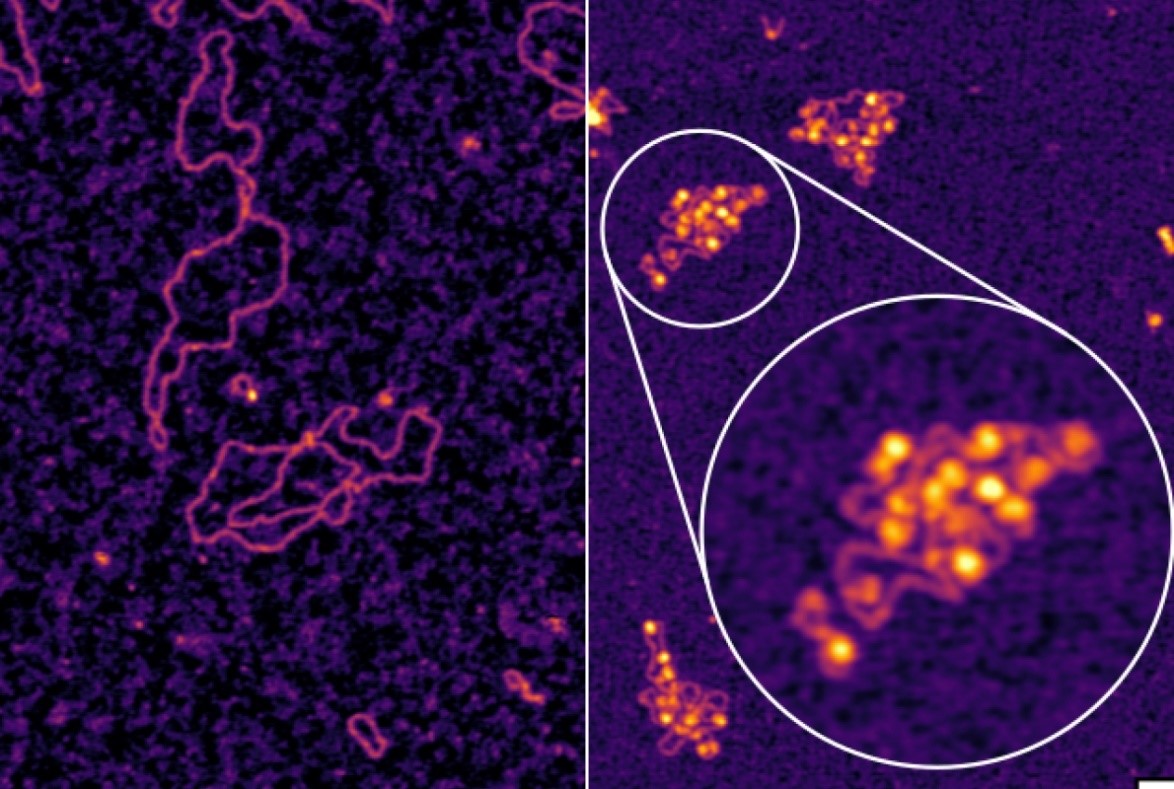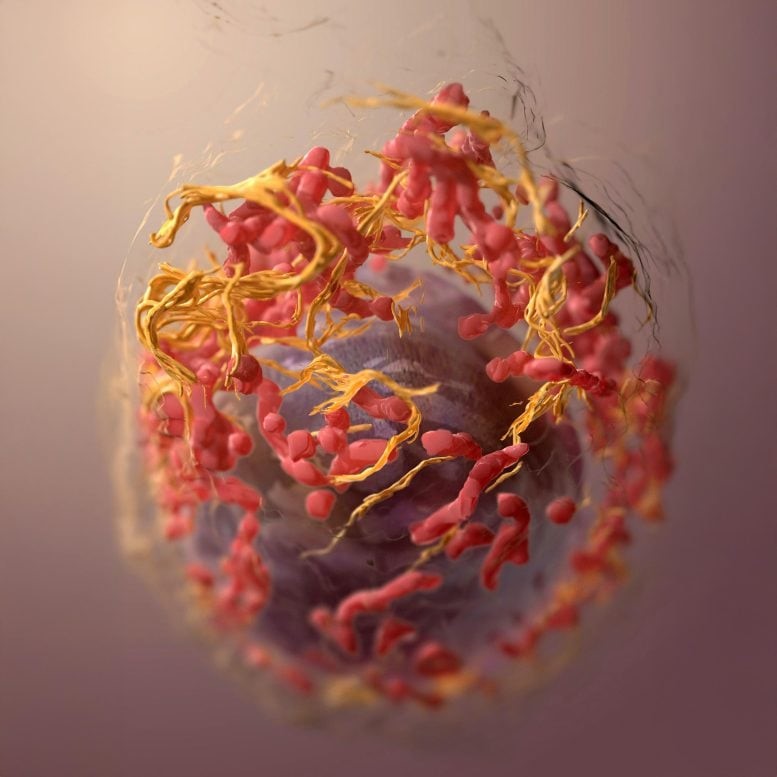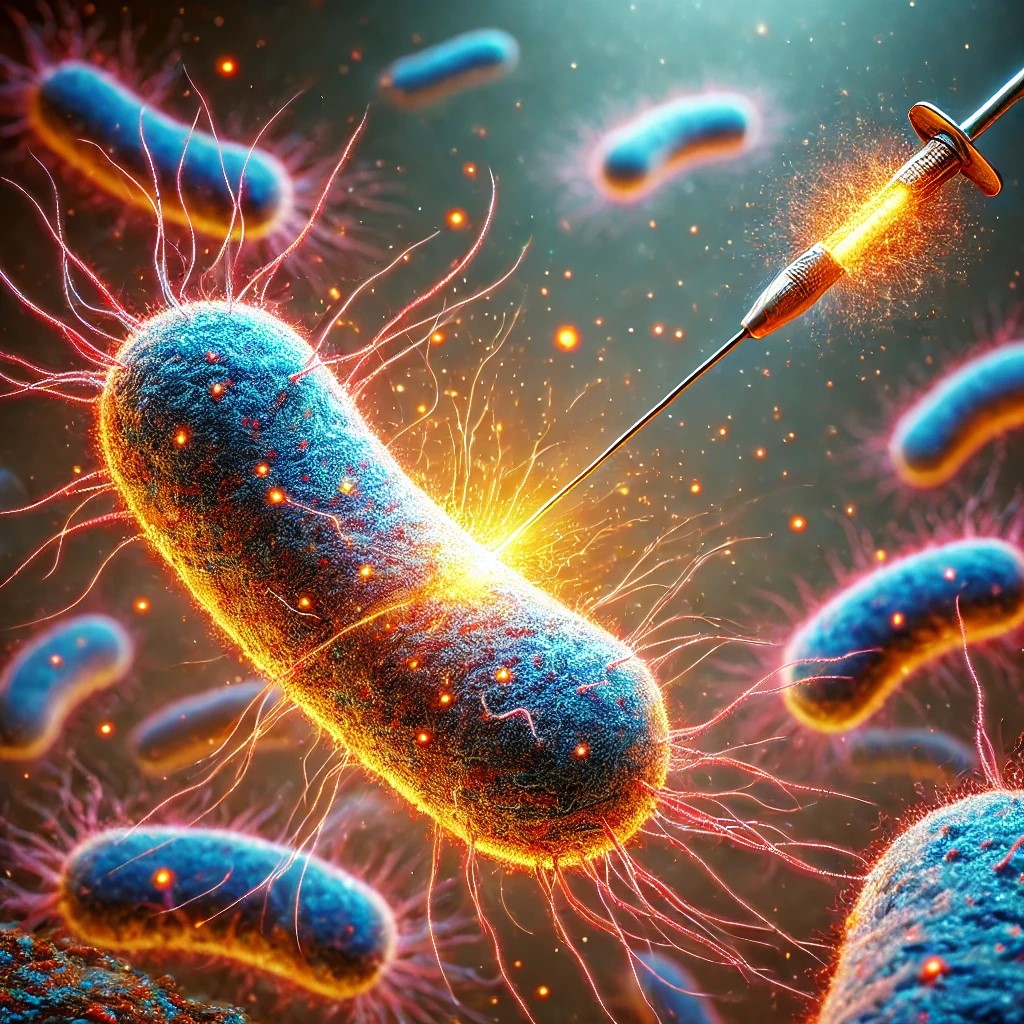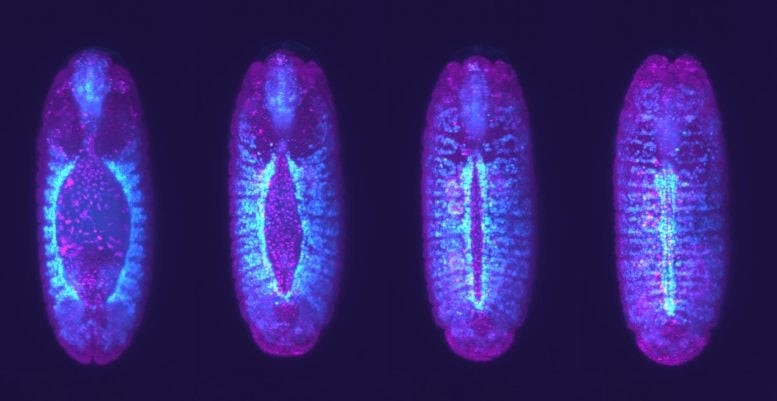Advanced 3D Imaging Uncovers Hidden Skull Changes with Age
Breakthrough 3D Imaging Reveals Aging-Related Changes in Skull's Neurovascular Structures
Researchers from Johns Hopkins University have unveiled the first-ever 3D visualizations of how nerves and blood vessels in the murine calvarium evolve with age. Published in Bone Research, their study employs advanced lightsheet microscopy to map neurovascular architecture from birth to 80 weeks. These findings offer groundbreaking insights into skull aging, highlighting the intricate interactions and gradual decline of nerves and blood vessels over time.
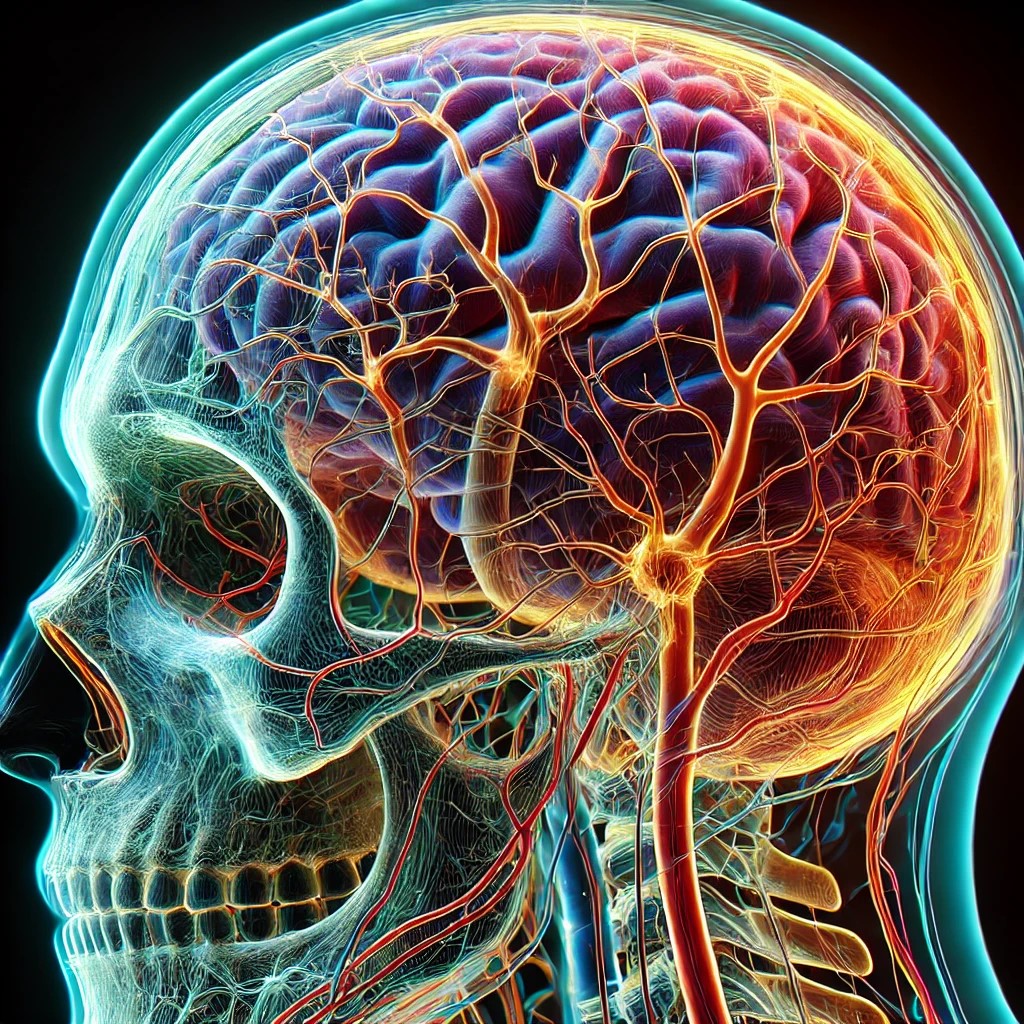
Figure 1. Advanced 3D Imaging Reveals Hidden Changes in the Aging Skull.
3D Imaging Reveals Age-Related Changes in Skull’s Neurovascular Architecture
Researchers from Johns Hopkins University have unveiled the most detailed 3D visualizations of how nerves and blood vessels in the murine calvarium change with age. Published in Bone Research, their study employs advanced lightsheet microscopy to map neurovascular architecture from birth to 80 weeks. Figure 1 shows Advanced 3D Imaging Reveals Hidden Changes in the Aging Skull.
The study revealed a steady increase in nerve density during early life, followed by a significant decline in older mice, particularly in the frontal bone. Blood vessels also exhibited distinct aging patterns, with the relationship between nerves and blood vessels—essential for bone development and regeneration—weakening over time. These changes progressed at different rates across skull regions, with the frontal bone showing the earliest signs of neurovascular decline.
These findings offer groundbreaking insights into the complexity of bone aging, providing valuable data for future research on bone fragility and regenerative medicine.
Implications for Bone Health and Future Therapies
“This research opens up new avenues for understanding how nerves and blood vessels influence bone aging and regeneration,” said Dr. Warren Grayson, one of the lead researchers. “The ability to visualize and quantify these changes in 3D is a significant step forward in our understanding of skeletal health. These insights could help guide future therapeutic strategies for age-related bone diseases and injury recovery.”
By uncovering how neurovascular structures change over time, this study provides a crucial foundation for developing treatments that target bone fragility and enhance regenerative medicine approaches. Understanding these age-related changes may lead to novel interventions aimed at preserving skeletal health and improving recovery from bone injuries.
Transforming Treatments for Bone Diseases and Injury Recovery
The findings of this study have profound implications for treating age-related bone diseases such as osteoporosis and improving recovery from bone injuries. By mapping changes in neurovascular architecture, researchers can better understand the mechanisms underlying bone fragility and impaired healing in older individuals.
These insights could pave the way for innovative therapies that target neurovascular signaling to enhance bone regeneration. Such advancements may lead to more effective treatments for osteoporosis, fractures, and other bone-related conditions, ultimately improving skeletal health and quality of life for aging populations.
Source: SciTECHDaily
Cite this article:
Priyadharshini S (2025),Advanced 3D Imaging Uncovers Hidden Skull Changes with Age,AnaTechMaz,pp. 345








